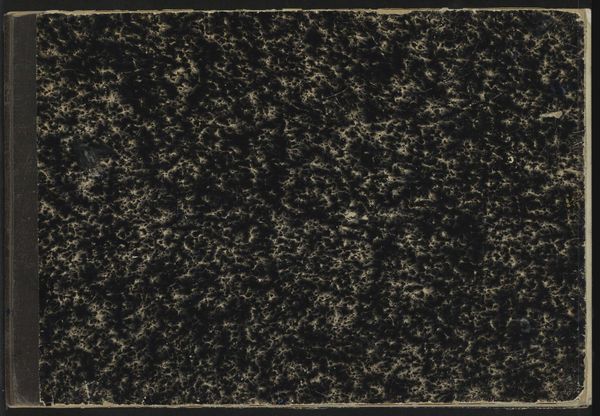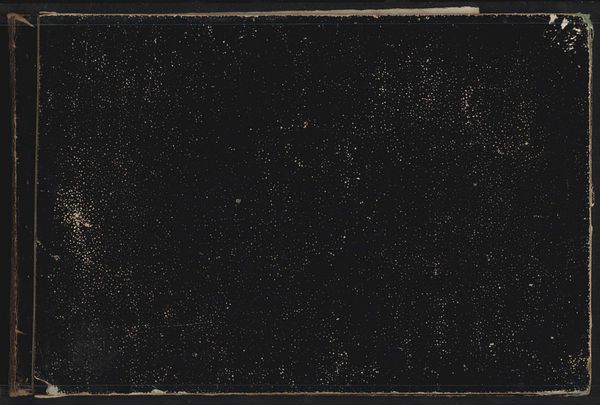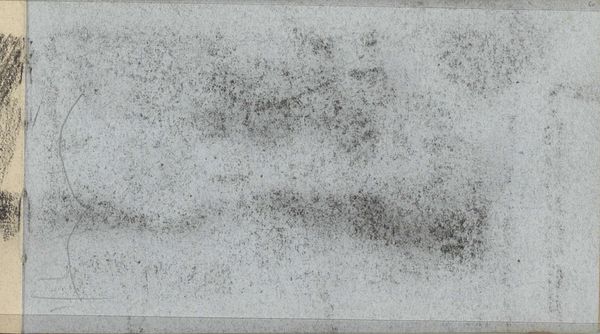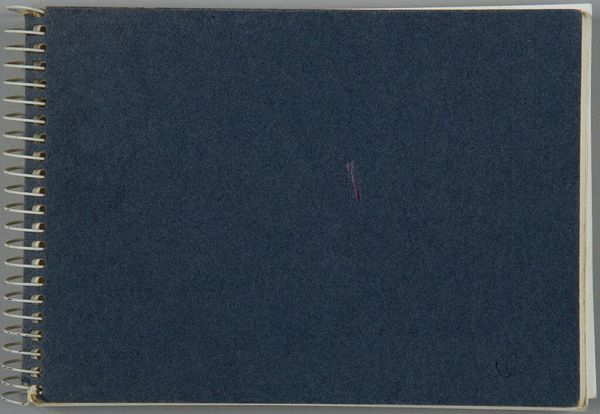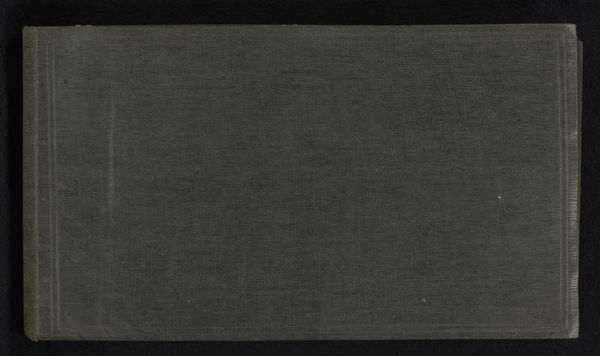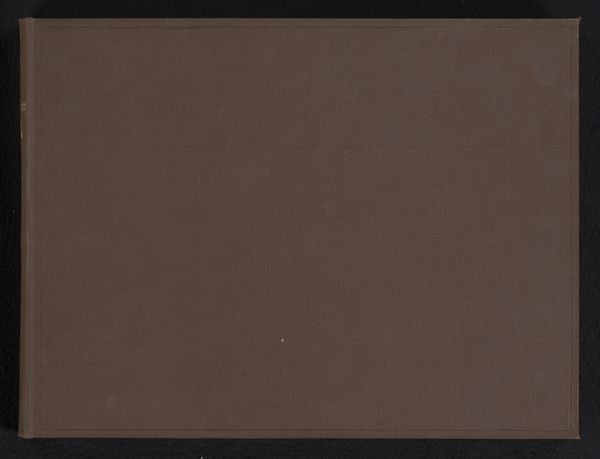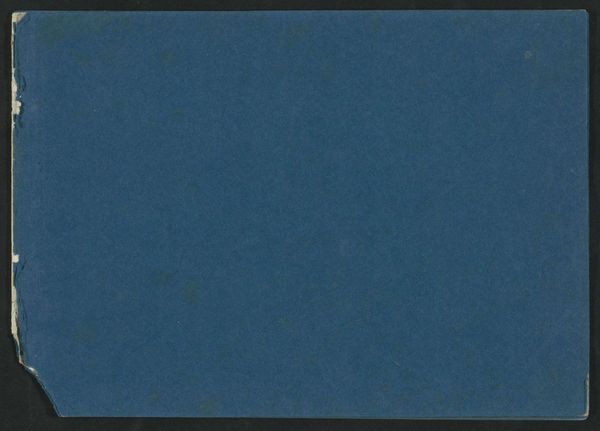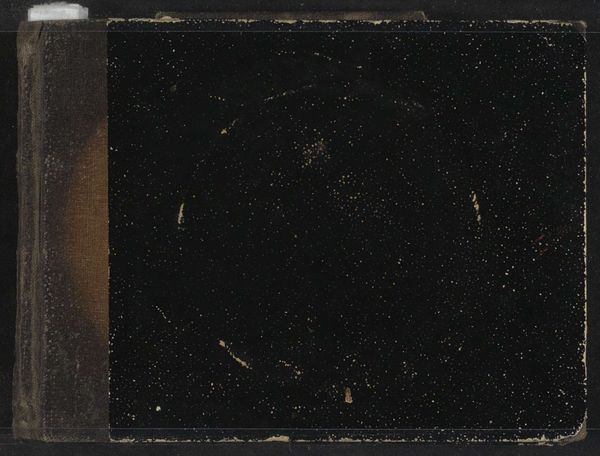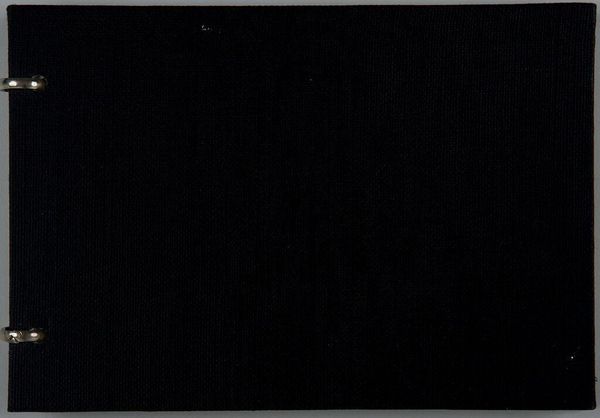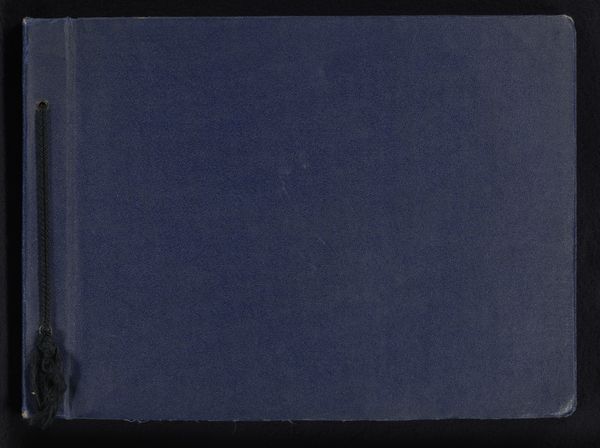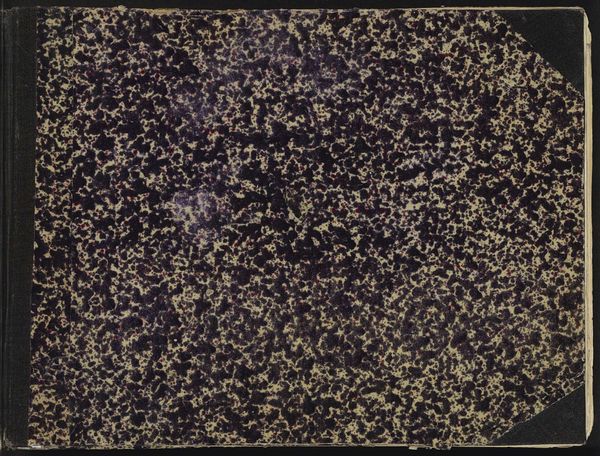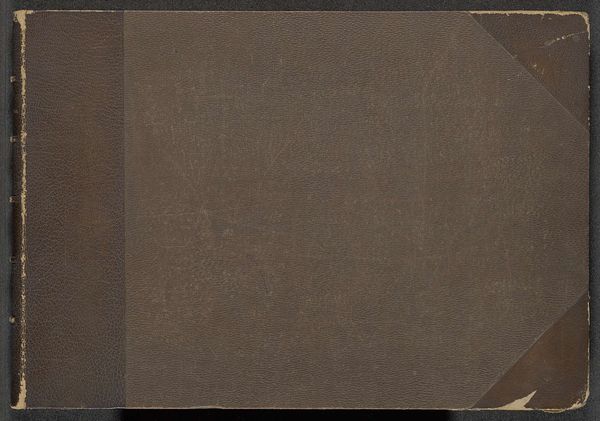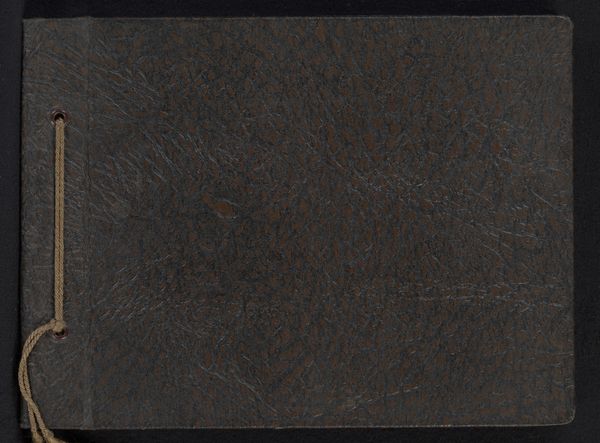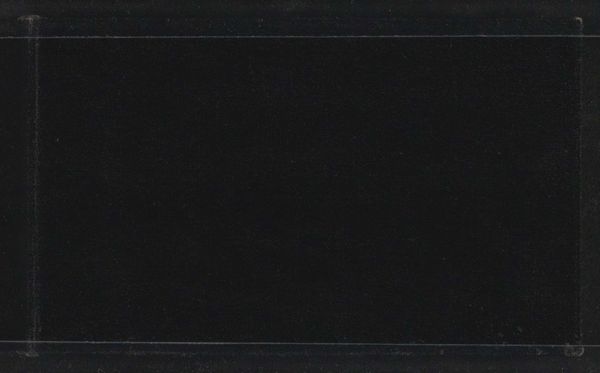
photography
#
natural stone pattern
#
pattern used
#
photography
#
grainy texture
#
chalky texture
#
minimal pattern
#
organic pattern
#
geometric
#
repetition of pattern
#
pattern repetition
#
imprinted textile
#
layered pattern
Dimensions: height 186 mm, width 263 mm, width 527 mm, thickness 13 mm
Copyright: Rijks Museum: Open Domain
Editor: This is "Reisalbum met opnames van het Alhambra in Granada," a photography album made sometime between 1860 and 1900 by F. Linares. It features a deeply textured, patterned cover in muted teal. It gives a somber yet solid impression. How do you read it? Curator: Looking at this album cover, I'm immediately drawn to its materiality and the period it represents. Considering its creation between 1860 and 1900, a time of burgeoning colonialism and orientalism, how might the act of collecting and presenting images of the Alhambra reflect broader power dynamics at play? Who was the intended audience for this album, and what narratives were they meant to consume? Editor: That's a perspective I hadn't considered. I was just focusing on the surface appearance, the visual texture. It's a good question to consider who would want these and what kind of bias would influence its consumption. Curator: Exactly. Furthermore, the Alhambra itself is a powerful symbol of Moorish presence in Spain, and photography at that time often served to document and categorize cultures and landscapes. Is there a tension in capturing its image, transforming a site of cultural significance into a collectible object? Does this commercial activity help the culture it is sharing or cheapen it? Editor: It makes you wonder what perspective the photographer had, right? Were they interested in cultural exchange, or just... selling a product? What would the cover suggest about its contents, do you think? Curator: Precisely! This object speaks volumes about the era's gaze, its desire to possess and consume "the other." By acknowledging this, we can unravel its deeper implications, encouraging critical engagement with our cultural legacy. I appreciate the chance to consider the power encoded into this album. Editor: Thanks for widening my understanding of visual culture. This album clearly holds many cultural dialogues within its covers.
Comments
No comments
Be the first to comment and join the conversation on the ultimate creative platform.
